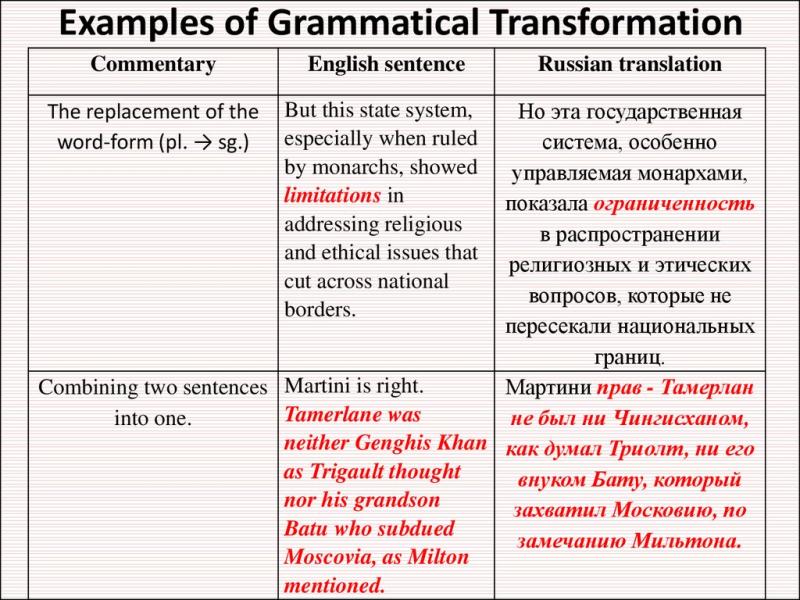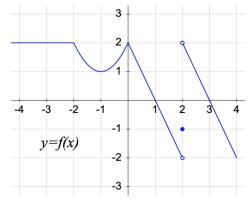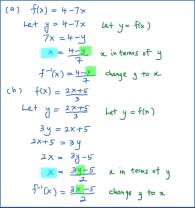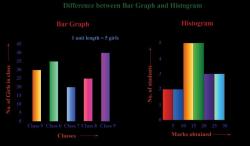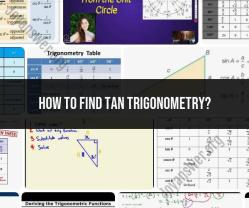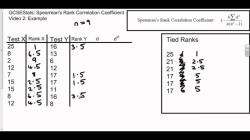What are the different types of transformations?
In geometry, transformations are operations that change the position, size, or orientation of a figure. There are several types of transformations, each with its own characteristics. The main types of geometric transformations include:
Translation:
- A translation is a shift of a figure from one location to another without any rotation or reflection. Every point in the figure is moved the same distance and in the same direction.
Rotation:
- Rotation involves turning a figure around a fixed point, known as the center of rotation. The figure remains the same shape and size, but its orientation changes.
Reflection:
- A reflection is a flip of a figure over a line, creating a mirror image. Each point on the original figure is equidistant from the line of reflection as its image on the reflected figure.
Dilation:
- Dilation is a transformation that changes the size of a figure, making it larger or smaller. Every point in the figure is expanded or contracted from a fixed center, known as the center of dilation.
Shearing (or Skewing):
- Shearing involves a transformation that tilts or slants the shape of a figure without changing its size or orientation. This transformation is often applied along one axis.
Enlargement (or Expansion):
- Enlargement is a type of dilation where the size of a figure is increased. Each point in the figure moves away from the center of enlargement.
Reduction:
- Reduction is a type of dilation where the size of a figure is decreased. Each point in the figure moves towards the center of reduction.
Glide Reflection:
- A glide reflection is a combination of a translation and a reflection. The figure is reflected over a line and then translated parallel to that line.
Understanding these transformations is fundamental in geometry and is used in various mathematical and practical applications, including computer graphics, robotics, and design. Additionally, transformations are often studied in the context of matrices and linear algebra, providing a powerful mathematical framework for describing these geometric changes.
What are the fundamental types of mathematical transformations?
In mathematics, a transformation is a function that maps one set of points, called the preimage, to another set of points, called the image. Transformations are used to change the position, orientation, or size of shapes.
The four fundamental types of mathematical transformations are:
Translation: A translation moves a shape in a straight line without changing its orientation or size.
Rotation: A rotation turns a shape about a fixed point called the center of rotation. The angle of rotation is measured in degrees.
Reflection: A reflection flips a shape across a line, called the line of reflection. The resulting image is a mirror image of the original shape.
Dilation: A dilation stretches or shrinks a shape uniformly in all directions. The scale factor is the ratio of the corresponding side lengths of the image and the preimage.
How are translation, rotation, reflection, and dilation categorized as transformations?
Translation, rotation, reflection, and dilation are all classified as rigid transformations because they preserve the shape and size of the original object. They do not change the distances between points on the object.
What distinguishes each type of transformation in mathematics?
The four fundamental transformations are distinguished by the way they change the position, orientation, or size of a shape:
Translation: A translation moves a shape in a straight line, without changing its orientation or size. The amount of translation is specified by the direction and distance of the move.
Rotation: A rotation turns a shape about a fixed point, without changing its size. The angle of rotation determines the amount of the turn.
Reflection: A reflection flips a shape across a line, without changing its size. The line of reflection determines the direction of the flip.
Dilation: A dilation stretches or shrinks a shape uniformly in all directions, without changing its orientation. The scale factor determines the amount of stretch or shrink.
Are there practical applications of different types of transformations in various fields?
Yes, there are many practical applications of different types of transformations in various fields:
Geometry: Transformations are used to study the properties of shapes and to solve geometric problems.
Computer graphics: Transformations are used to manipulate and display images and animations on computers.
Physics: Transformations are used to describe motion, such as the movement of objects and the propagation of waves.
Engineering: Transformations are used to design and analyze structures, such as buildings and machines.
Art: Transformations are used to create visual effects and to express creativity.
How do transformations contribute to geometric changes in shapes and figures?
Transformations can cause a variety of geometric changes in shapes and figures. For example:
Translation: A translation moves a shape without changing its orientation or size. This can be used to reposition a shape in space.
Rotation: A rotation turns a shape about a fixed point. This can be used to change the orientation of a shape.
Reflection: A reflection flips a shape across a line. This can be used to create a mirror image of a shape.
Dilation: A dilation stretches or shrinks a shape uniformly in all directions. This can be used to change the size of a shape.
By combining transformations, we can create complex geometric changes. For example, we can translate a shape, then rotate it, and then reflect it. This would result in a shape that is very different from the original shape.
